 |
| Our Party mobilized a large force of porters to carry goods by bicycle to serve the Dien Bien Phu campaign. (Photo: VNA) |
The above great victory originated from the historical tradition of the heroic nation; under the leadership of the Party, the bravery, intelligence and strength of the Vietnamese people continued to be affirmed with the golden milestone of history - Dien Bien Phu Victory - A vivid symbol of the strength of the Vietnamese people's war in the Ho Chi Minh era.
Firstly, the people's war policy is correct and creative: Our people's resistance war against French colonialism was a war of national liberation and justice, in which the strength of people's war was highly promoted. The special feature of the Dien Bien Phu campaign was the mobilization and organization of the entire people's forces to fight the enemy, taking the people's armed forces as the core, conducting an all-people's, comprehensive war.
The people's war strategy determined by our Party and President Ho Chi Minh is consistent with the nation's fighting tradition; creating a "heavenly net" situation, the whole country fights the enemy, each citizen is a soldier, each village is a fortress; wherever the enemy goes, they are attacked, and the enemy is fought with all weapons. President Ho Chi Minh pointed out: "Regardless of men, women, old or young, regardless of religion, party, or ethnicity. Anyone who is Vietnamese must stand up to fight the French colonialists to save the Fatherland. Whoever has a gun uses a gun. Whoever has a sword uses a sword, and whoever does not have a sword uses a hoe, a shovel, or a stick" (1).
Due to the imbalance in power, especially in economic and military potential, to ensure the victory of the people's war, our Party was sensitive and determined to implement the motto of both resistance and nation building. Thanks to that, the potential of the people's war has continuously grown, creating the foundation for our entire Party, people and army to gain complete victory in the 1953-1954 Winter-Spring campaign, culminating in the Dien Bien Phu Victory.
Second, building a strong and widespread three-tiered people's armed force as the core for the entire people to fight the enemy: Thoroughly understanding the principles of Marxism-Leninism on armed struggle, organizing a new type of army of the proletariat, throughout the resistance war against French colonialism, our Party always attached importance to building a strong and widespread three-tiered armed force: the main force, local forces, and militia and guerrillas. Entering the 1953-1954 Winter-Spring campaign, the main force developed to the division level and by the Dien Bien Phu campaign, we had additional artillery and air defense divisions. With that remarkable growth, we had the conditions to launch large-scale strategic offensive campaigns of decisive significance.
Analyzing and correctly assessing the situation between us and the enemy, the Central Party Politburo and the General Military Commission determined to "Concentrate the majority of our combat-ready main force on the Dien Bien Phu Front, launch an offensive campaign to destroy the enemy's most elite forces in their strongest stronghold group on the Indochina battlefield" (2). In this strategic decisive battle, we concentrated our main force to participate, including: three infantry divisions (308, 312 and 316), Artillery Division 351, a regiment of Division 304 and a number of military units; the force serving the campaign was very large, including: 6,280 transport vehicles, 21,000 bicycles, 251,000 laborers...
The practice of the Dien Bien Phu campaign showed that the three types of people's armed forces were organized tightly and widely, so our army and people achieved extraordinary feats, especially when we changed the motto of "fighting fast, winning fast" to "fighting steadily, advancing steadily", causing the enemy to go from one surprise to another and finally, on May 7, 1954, our army won complete victory in the Dien Bien Phu campaign.
Third, promoting the strength of the forces and the Vietnamese people's war posture: To prepare for the decisive strategic battle, with determination and courage, the strength of military-civilian solidarity, tens of thousands of laborers, youth volunteers, and engineering troops, regardless of day or night, actively and urgently completed a seemingly impossible amount of work. In just over three months (December 1953 - March 1954), we completed the repair and opening of Road No. 41, Road No. 13, the road from Tuan Giao to Dien Bien Phu, which are the main roads of the motor transport route, with a total length of about 300 km.
During the entire Dien Bien Phu campaign, our people “contributed 25,560 tons of rice, 226 tons of salt, 1,909 tons of food, 26,453 laborers, 20,991 bicycles, 1,800 bamboo rafts, 756 rudimentary vehicles, 914 pack horses and 3,130 boats” (3). Assessing the strength of the nation, General Vo Nguyen Giap affirmed: “Never before during the years of resistance, have our people contributed so much effort as in the Winter-Spring of 1953-1954 to support the army in fighting the enemy… The imperialists… never assessed the strength of an entire nation, the strength of the people. That strength can overcome all difficulties, defeat all enemies” (4).
 |
| During the entire Dien Bien Phu campaign, our people "contributed 25,560 tons of rice, 226 tons of salt, 1,909 tons of food, 26,453 laborers, 20,991 bicycles, 1,800 bamboo panels, 756 rudimentary vehicles, 914 pack horses and 3,130 boats. (Photo courtesy of VNA) |
Along with the active contributions of the people of the whole country in terms of food, local laborers were mobilized. Journalist Giuyn Roa (Colonel of the French Army) wrote: “... It was not Chinese aid that defeated General Nava, but it was the Peugeot bicycles carrying 200-300 kg of goods, carried by laborers who were not full and slept on plastic sheets spread out on the ground. General Nava was defeated by the intelligence and determination to win of the opponent” (5).
Fourth, the active and effective coordination of the battlefields with the Dien Bien Phu Campaign: Before the Dien Bien Phu Campaign took place, with the correct and creative resistance line of the Party Central Committee, headed by President Ho Chi Minh, we gradually destroyed Nava's military plan. In particular, the victory of our army in the Gia Lam airport raid (March 4, 1954) and the Cat Bi airport raid (March 7, 1953) caused a great resonance, strongly encouraging the fighting spirit of our army and people on all fronts.
Next, when the strategic decisive battle took place, battlefields across the country actively "shared the fire" and competed to fight Dien Bien Phu.
In the South, when the Dien Bien Phu campaign began on March 13, 1954, the Central Office for Southern Vietnam directed all efforts to accelerate the pace of attack to coordinate with the main battlefield of Dien Bien Phu. The main battalions of the inter-regional and provincial sub-zones combined with local troops to attack the enemy's rear areas in the provinces and important traffic routes such as National Highways No. 1, No. 13, No. 14, the Saigon-Phan Thiet and Saigon-Loc Ninh railways.
In Binh-Tri-Thien province, two days after the Dien Bien Phu campaign opened, on March 15, 1954, the Inter-Zone 4 Command instructed Binh-Tri-Thien to actively coordinate with the Dien Bien Phu campaign, attack hard on traffic routes, actively fight against sweeps and conscription to stretch out enemy forces.
Attending the seminar were generals, scientists, leaders of agencies and units under the Ministry of National Defense and representatives of Dien Bien province, historical witnesses, and veterans who participated in the Dien Bien Phu Campaign.
In the South Central region (6), the Inter-zone Party Committee and the Inter-zone 5 Command advocated concentrating forces to develop in the Southern Central Highlands, attacking strongly on Route 14, Route 7, especially on Route 19, while at the same time stepping up guerrilla warfare behind enemy lines...
In the North, coordinating with the Dien Bien Phu battlefield, the army and people of Hai Duong and Hung Yen provinces launched many "general attacks" to destroy Route 5 and the enemy's strategic transportation routes. In Hanoi, implementing the City Party Committee's policy of stepping up enemy agitation work, at Bach Mai airport, in just five days, up to 1,200 soldiers deserted (7).
The results of the coordinated operations of the battlefields were of great significance, making it difficult for the enemy to be passive in supplementing rescue forces, creating conditions for our army to concentrate on tightening the fire encirclement and destroying the enemy in Dien Bien Phu.
Currently, in the context of the complex and unpredictable developments in the international and regional situation, there is a need to promote the country's comprehensive strength, combine national strength with the strength of the times, in which studying and creatively applying the lesson of promoting the strength of the Vietnamese people's war in the Dien Bien Phu campaign has profound theoretical and practical significance for the cause of building the Army, consolidating national defense, and firmly protecting the Fatherland in all situations.
(1) Ho Chi Minh, Complete Works, Volume 4, National Political Publishing House, Hanoi, 2011, p.534. (2) Vietnam Military History Institute, Dien Bien Phu Offensive Campaign, People's Army Publishing House, Hanoi, 1991, p.14. (3) History of logistics of the Vietnam People's Army, Volume 1, People's Army Publishing House, H, 1993, p.305. (4) Vo Nguyen Giap, Liberation War and National Defense War, People's Army Publishing House, Hanoi, 1974, pp.158-159. (5) History of logistics of the Vietnam People's Army, Volume 1, ibid, p.284. (6) On Nava's orders, on March 12, 1954, General De Bofor mobilized 40 battalions continued the operation called At-Lang 2 to capture Quy Nhon and Binh Dinh. (7) Ministry of National Defense, Vietnam Military History Institute, History of the resistance war against French colonialism 1945-1954, Volume V, People's Army Publishing House, Hanoi, 1992, p. 234. |
Source




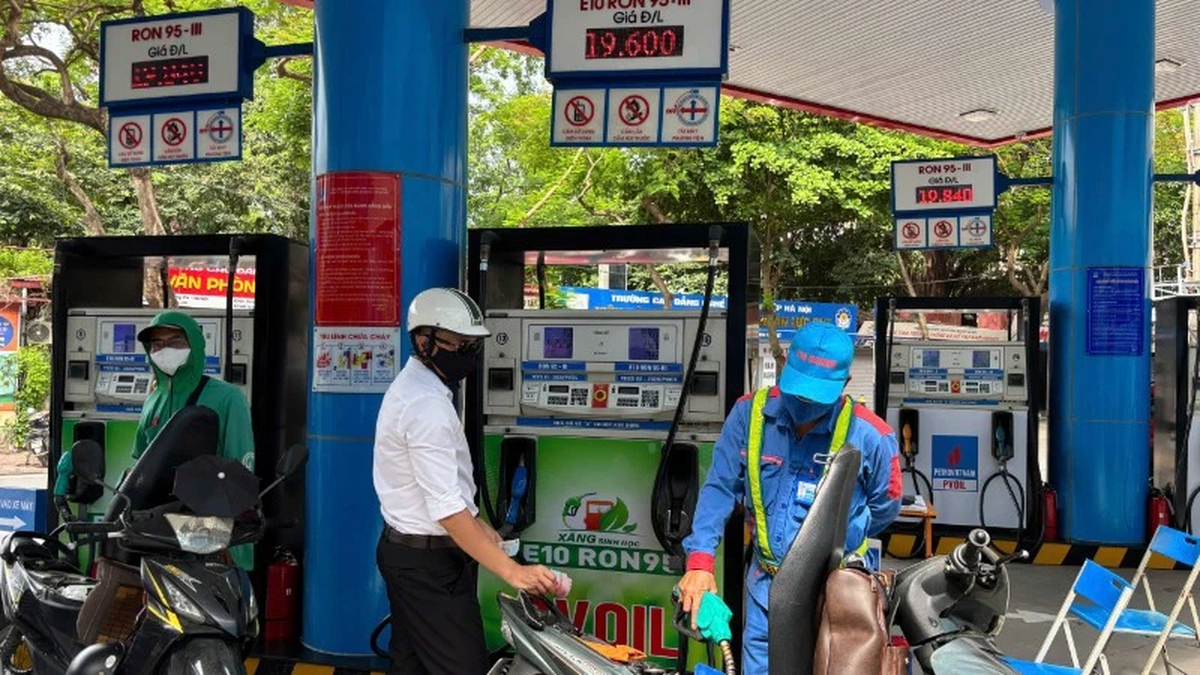
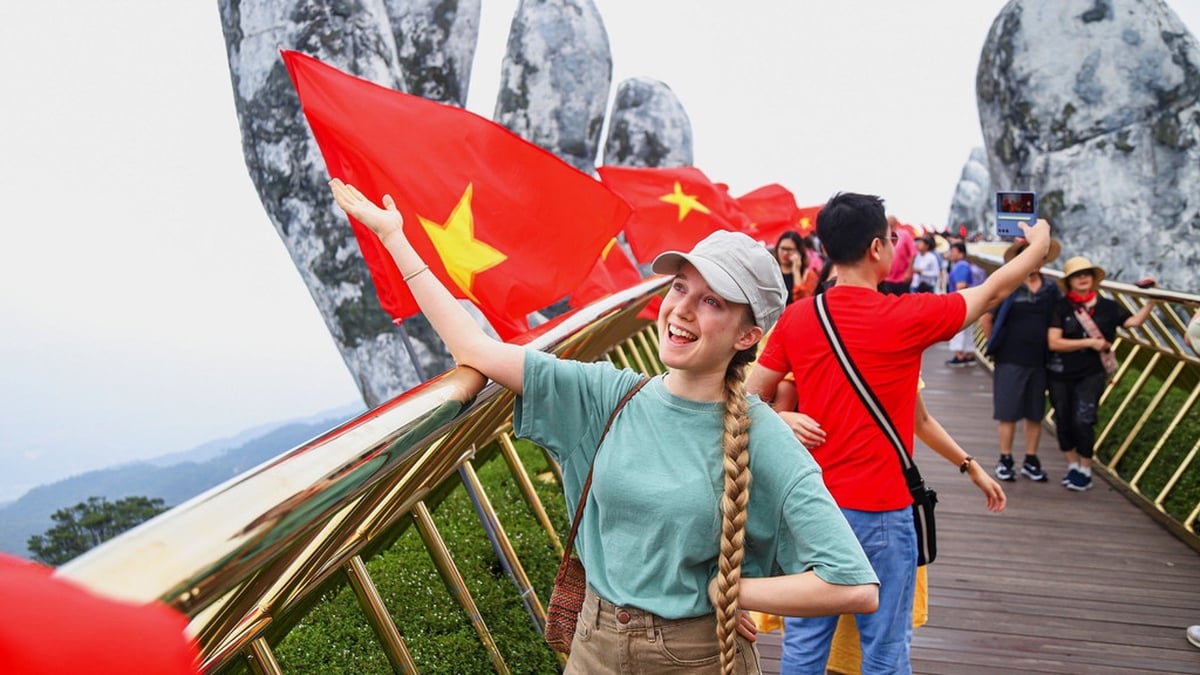
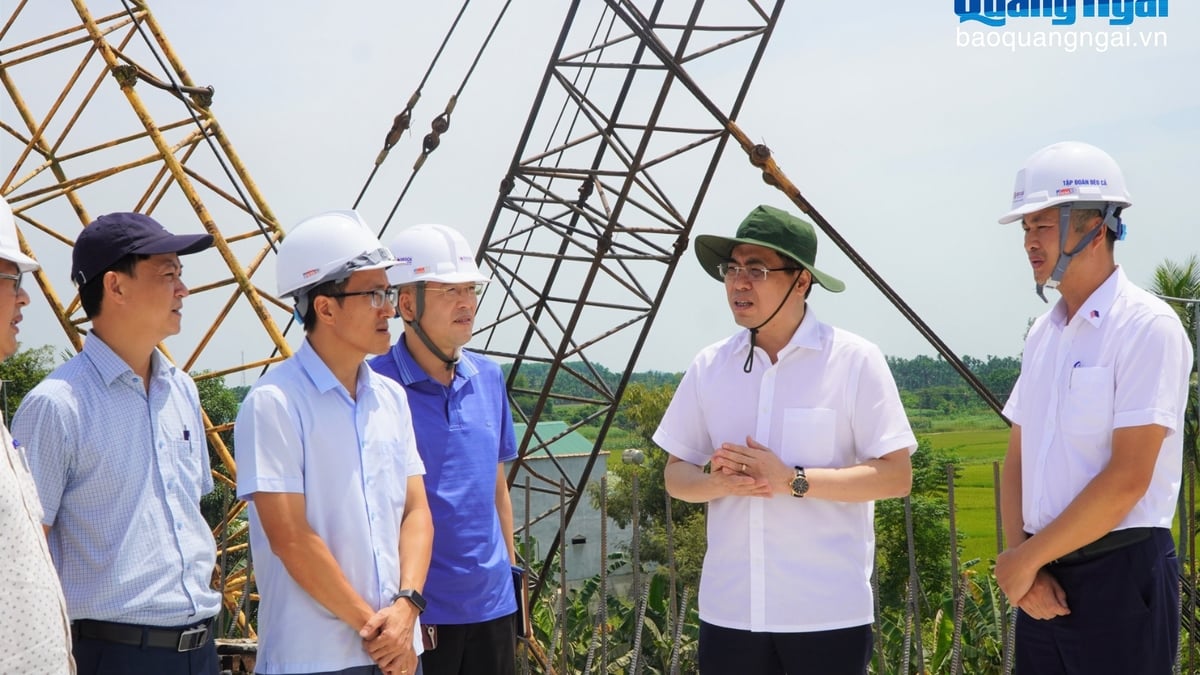



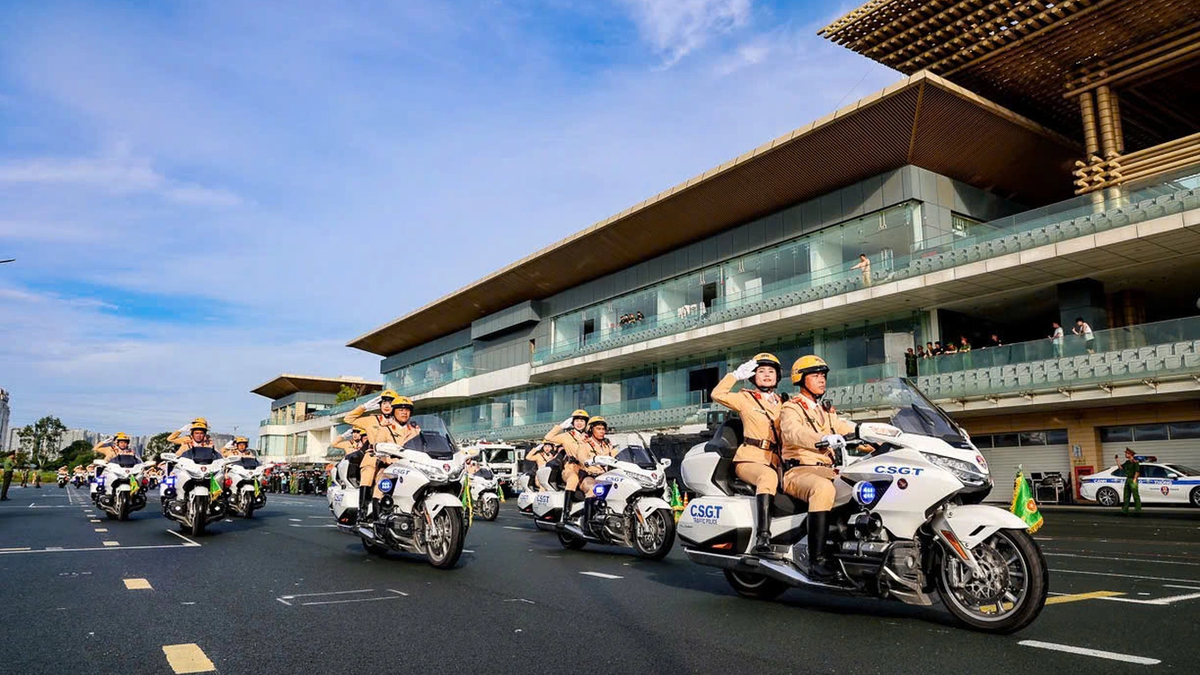
















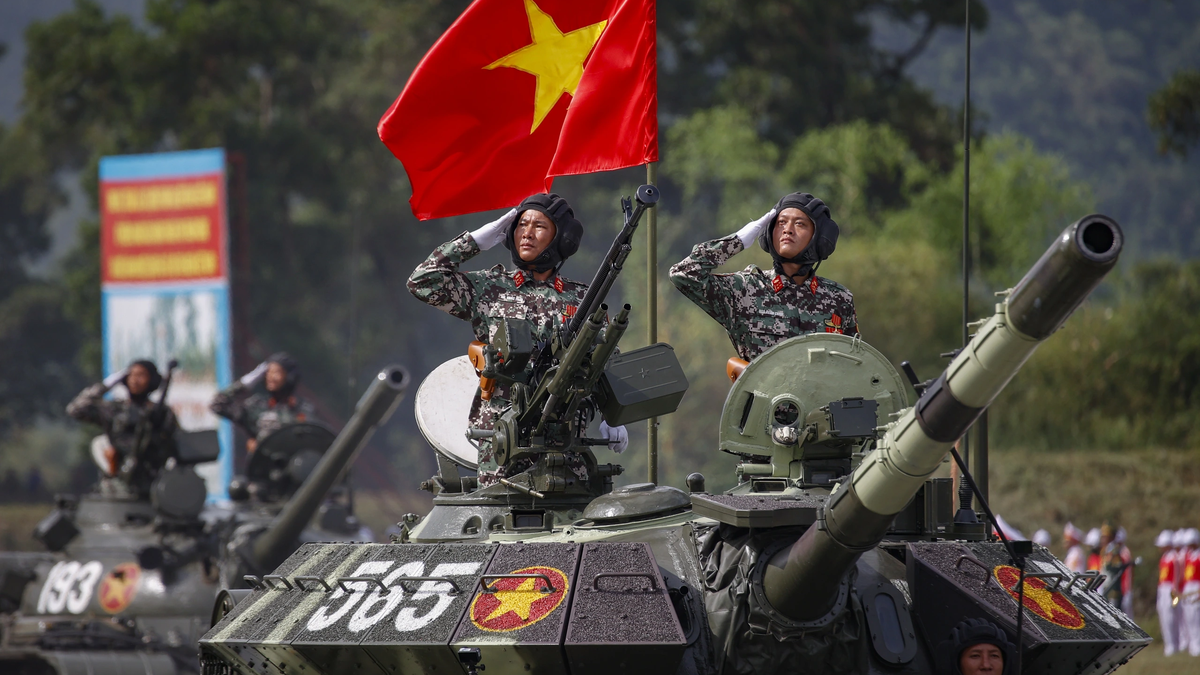
![[Photo] Nghe An: Provincial Road 543D seriously eroded due to floods](https://vphoto.vietnam.vn/thumb/1200x675/vietnam/resource/IMAGE/2025/8/5/5759d3837c26428799f6d929fa274493)

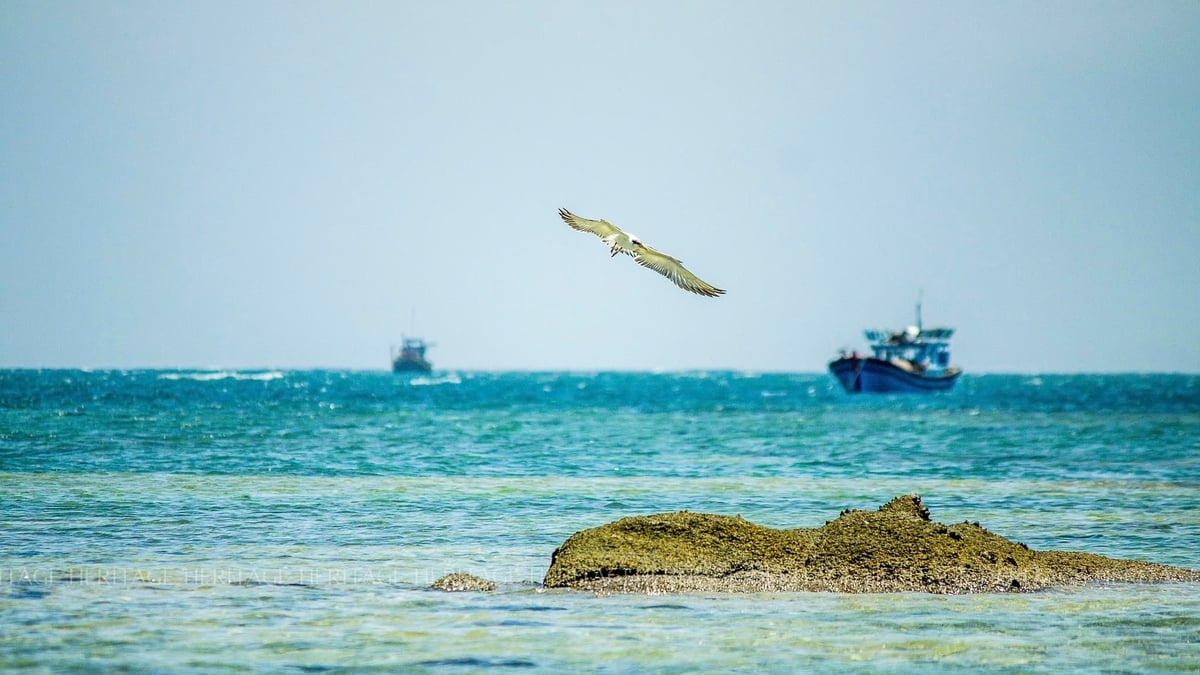
![[Photo] Discover the "wonder" under the sea of Gia Lai](https://vphoto.vietnam.vn/thumb/1200x675/vietnam/resource/IMAGE/2025/8/6/befd4a58bb1245419e86ebe353525f97)


























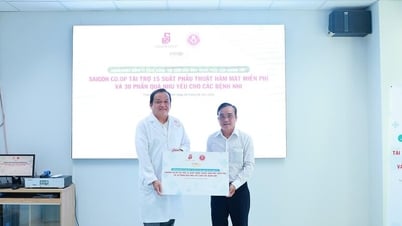




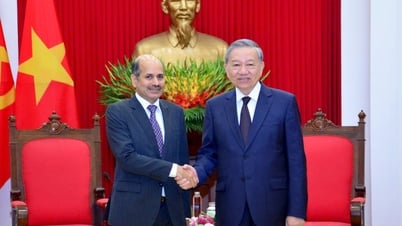
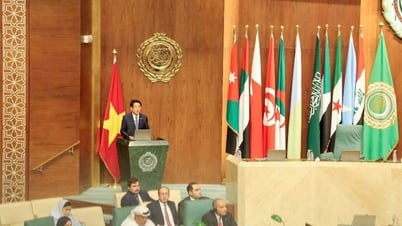


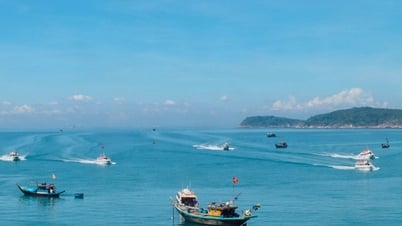
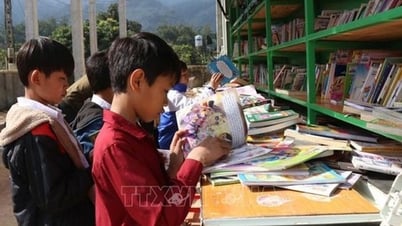

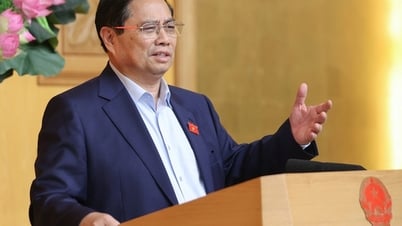
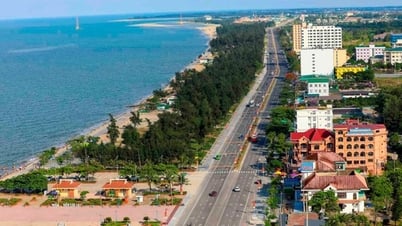
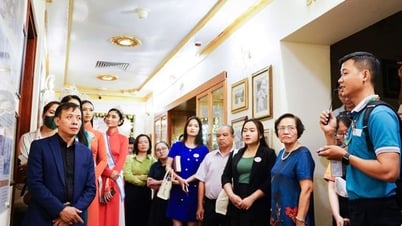














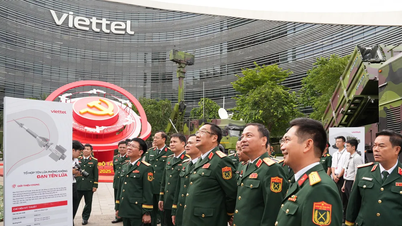


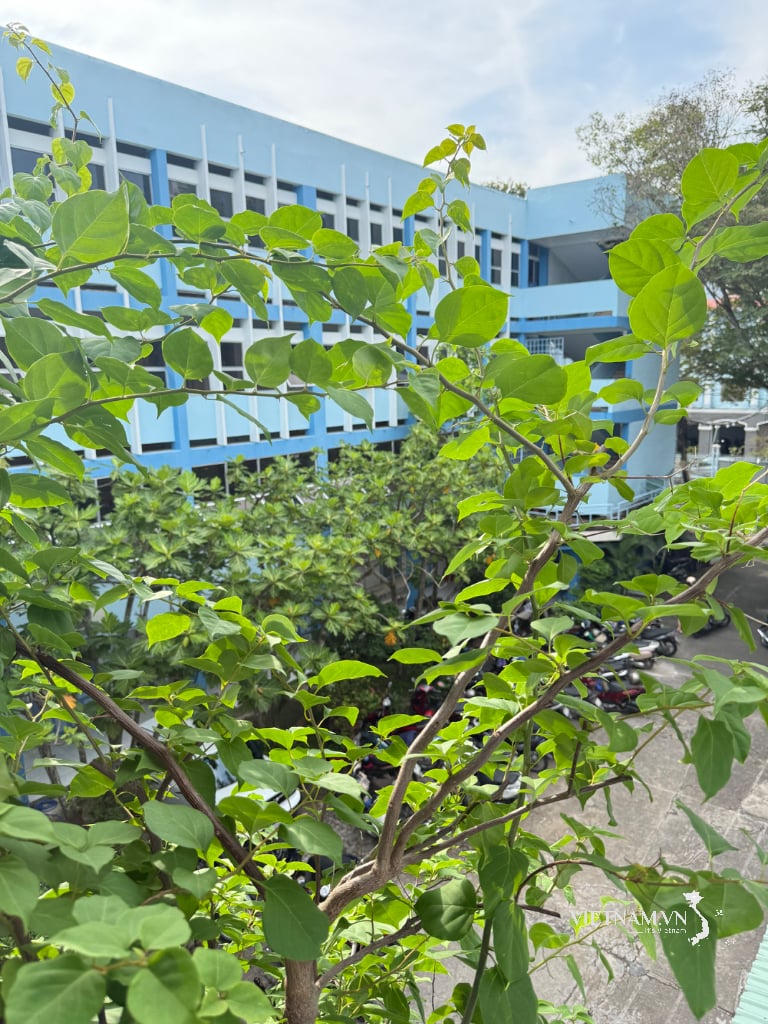
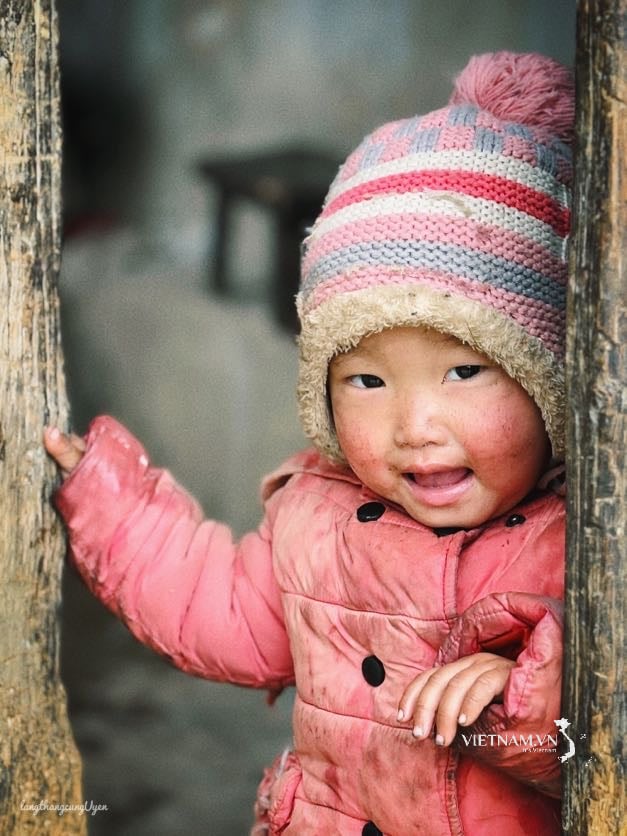
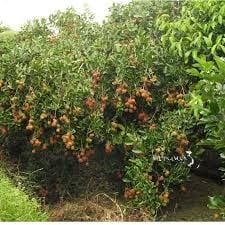
Comment (0)